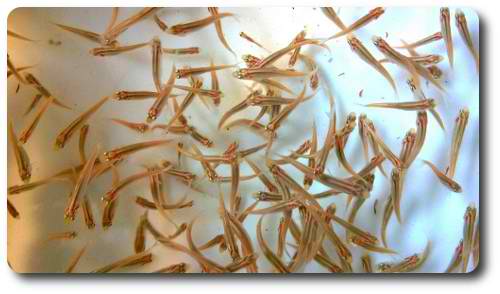Milkfish, the second top aquaculture species produced in the country, has a swelling demand, hence the need to increase its production.

Addressing this concern, the manual Development and Management of Milkfish Broodstock tackles broodstock management. The manual provides developed and refined techniques for collection and transport of spawned eggs and larvae, as well as larval rearing. It also describes the necessary facilities for maintaining milkfish broodstock.
Guidelines on transporting broodstock, performing biopsy to determine sex of spawners, collecting and cleaning eggs, packing and transporting eggs to hatchery, incubating and hatching eggs, and packing and transporting of larvae are also provided in the manual.
The importance of nutritional quality of the diet in relation to the performance of the milkfish broodstock and quality of resulting eggs and larvae is also explained in the manual.
Broodstock feeds are enriched with vitamin C, beta-carotene, and other nutrients for better reproductive performance of broodstock and better egg and larval quality. It also offers formula to initially estimate the number of spawned eggs and determine the hatching rate.
Published by the Southeast Asian Fisheries Development Center Aquaculture Department (SEAFDEC/AQD) and funded by the Philippine Council for Agriculture, Aquatic and Natural Resources Research and Development of the Department of Science and Technology (DOST-PCAARRD), the manual guides stakeholders and operators who are interested in setting up breeding facilities for milkfish.
by Jobelle Mae L. Zuraek, DOST-PCAARRD Media Service

